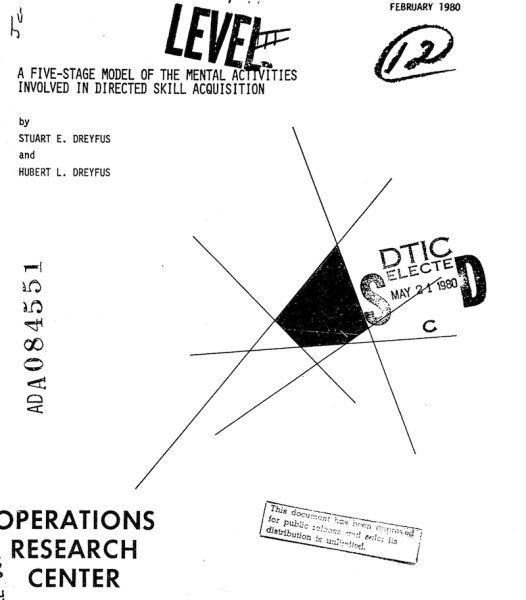Source: The Unreasonable Effectiveness of Recurrent Neural Networks
Month: August 2016
Computers trounce pathologists in predicting lung cancer type, severity | News Center | Stanford Medicine
Automating the analysis of slides of lung cancer tissue samples increases the accuracy of tumor classification and patient prognoses, according to a new study.
Computers can be trained to be more accurate than pathologists in assessing slides of lung cancer tissues, according to a new study by researchers at the Stanford University School of Medicine.
The researchers found that a machine-learning approach to identifying critical disease-related features accurately differentiated between two types of lung cancers and predicted patient survival times better than the standard approach of pathologists classifying tumors by grade and stage.
“Pathology as it is practiced now is very subjective,” said Michael Snyder, PhD, professor and chair of genetics. “Two highly skilled pathologists assessing the same slide will agree only about 60 percent of the time. This approach replaces this subjectivity with sophisticated, quantitative measurements that we feel are likely to improve patient outcomes.”
The research was published Aug. 16 in Nature Communications. Snyder, who directs the Stanford Center for Genomics and Personalized Medicine, shares senior authorship of the study with Daniel Rubin, MD, assistant professor of radiology and of medicine. Graduate student Kun-Hsing Yu, MD, is the lead author of the study.
Exome – ExAC project pins down rare gene variants
Catalogue of genetic information from some 60,000 people reveals unexpected surprises — and highlights the need to make genomic data publicly accessible to aid studies of rare diseases.
More than one million people have now had their genome sequenced, or its protein-coding regions (the exome). The hope is that this information can be shared and linked to phenotype — specifically, disease — and improve medical care. An obstacle is that only a small fraction of these data are publicly available.
In an important step, we report this week the first publication from the Exome Aggregation Consortium (ExAC), which has generated the largest catalogue so far of variation in human protein-coding regions. It aggregates sequence data from some 60,000 people. Most importantly, it puts the information in a publicly accessible database that is already a crucial resource (http://exac.broadinstitute.org).
Source: ExAC project pins down rare gene variants : Nature News & Comment
Bayesian Methods for Hackers
Bayesian Methods for Hackers : An intro to Bayesian methods + probabilistic programming with a computation/understanding-first, mathematics-second point of view.
Source: Bayesian Methods for Hackers
It’s The Future – CircleCI
Hey, my boss said to talk to you – I hear you know a lot about web apps?-Yeah, I’m more of a distributed systems guy now. I’m just back from ContainerCamp and Gluecon and I’m going to Dockercon next week. Really excited about the way the industry is moving – making everything simpler and more reliable. It’s the future!
Source: It’s The Future – CircleCI
15 Page Tutorial for R | StudyTrails
For Beginners in R, here is a 15 page example based tutorial that covers the basics of R.
Source: 15 Page Tutorial for R | StudyTrails
What Great Listeners Actually Do
Chances are you think you’re a good listener. People’s appraisal of their listening ability is much like their assessment of their driving skills, in that the great bulk of adults think they’re above average.
In our experience, most people think good listening comes down to doing three things:
- Not talking when others are speaking
- Letting others know you’re listening through facial expressions and verbal sounds (“Mmm-hmm”)
- Being able to repeat what others have said, practically word-for-word
In fact, much management advice on listening suggests doing these very things – encouraging listeners to remain quiet, nod and “mm-hmm” encouragingly, and then repeat back to the talker something like, “So, let me make sure I understand. What you’re saying is…” However, recent research that we conducted suggests that these behaviors fall far short of describing good listening skills.
Source: What Great Listeners Actually Do
The traits of a proficient programmer – O’Reilly Media
Do you know what the difference between competence and proficiency is?
That sounds like a trick question, because the words seem to mean the same thing. But the subtle distinction between them is critically important.
Competence means having enough experience and knowledge to get stuff done; proficiency involves knowing why you are doing something in a certain way, and how it fits into the big picture. In other words, a proficient practitioner is always a competent practitioner, but the opposite may not be true.
The Dreyfus Model of Skill Acquisition covers this topic in great detail. Although its title sounds a bit academic, the paper is very approachable—and it has an amazing cover page that will make you feel like you’re reading a secret Illuminati cable that you found in some hidden library in a haunted house:

I recommend reading the original source material for a great overview of the path from beginner to expert. But in this article, I will focus on the bottleneck for most software developers I’ve known: crossing the divide from competence to proficiency.
So first, let’s establish a working definition of competence as just meaning “I know how to do stuff”—it’s an oversimplification, but it’s close enough for our needs. It’s fair to say that no matter what kind of occupation you work in, knowing how to do stuff is pretty important. If you are a programmer, learning how to do stuff is a huge part of your work:
- I need to know how to use revision control
- I need to know how to use a consistent coding style
- I need to know how to set up a continuous integration server
- I need to know how to query a database
- I need to know how to implement a responsive layout
- I need to know how to work with a service API
And don’t get me wrong: Knowing how to do stuff, and a lot of it, is critically important. Don’t stop working on that, or you’ll soon find yourself out a job.
Source: The traits of a proficient programmer – O’Reilly Media
Scientists Have Created Nanorobots That Can Travel Down the Bloodstream and Precisely Target Cancerous Tumors
A new cancer research breakthrough has recently been developed thanks to researchers from McGill University, Université de Montréal and Polytechnique Montréal. The new nanorobots can travel down the bloodstream to administer drugs precisely by targeting a tumor’s cancer cells. This is the best way to inject medication since the integrity of the healthy tissues and […]
Optimism
^ https://www.flickr.com/photos/aigle_dore/10017474965
^ I am going to talk about Optimism, and conversely, about Pessimism.
^ I’m going to describe a framework for understanding why some people are optimistic and some are pessimistic. I’m going to explain how you can actually become more optimistic in your life, and I am going to explain how I think you can help other people be more optimistic in your personal life and in your community.
^ Before I do that, I want to share with you One True Thing about myself, and it will help you understand why I have spent most of my life struggling to be happy, despite having many privileges and gifts.
^ So, from my heart:
Source: https://github.com/raganwald/presentations/blob/master/optimism.md






